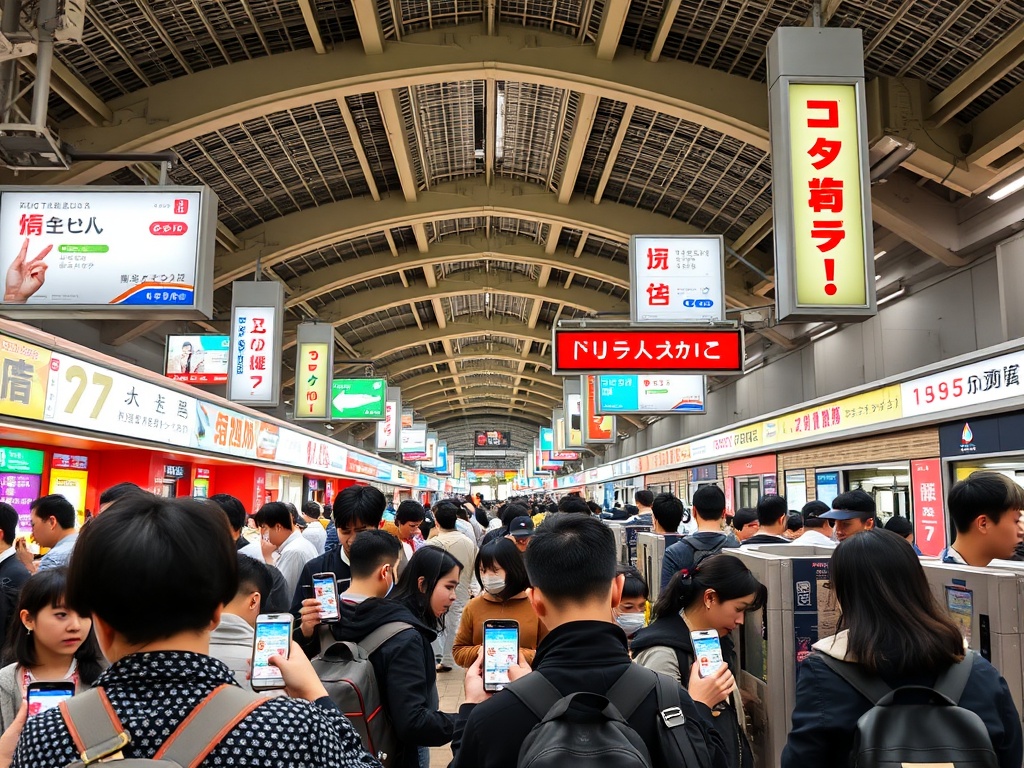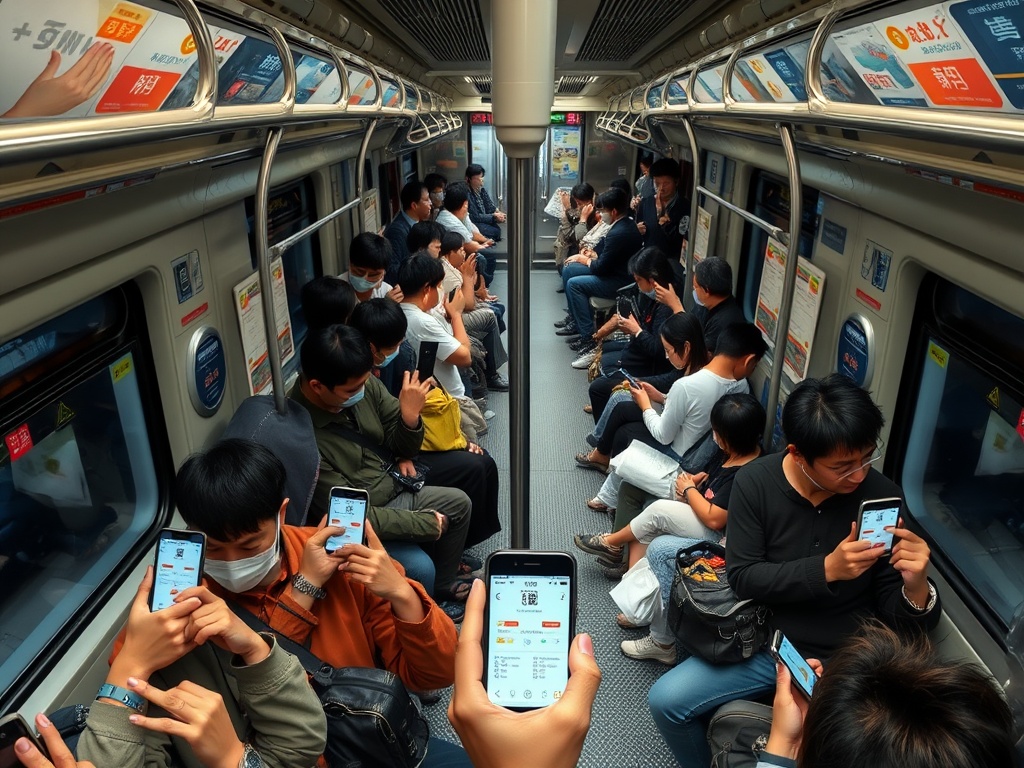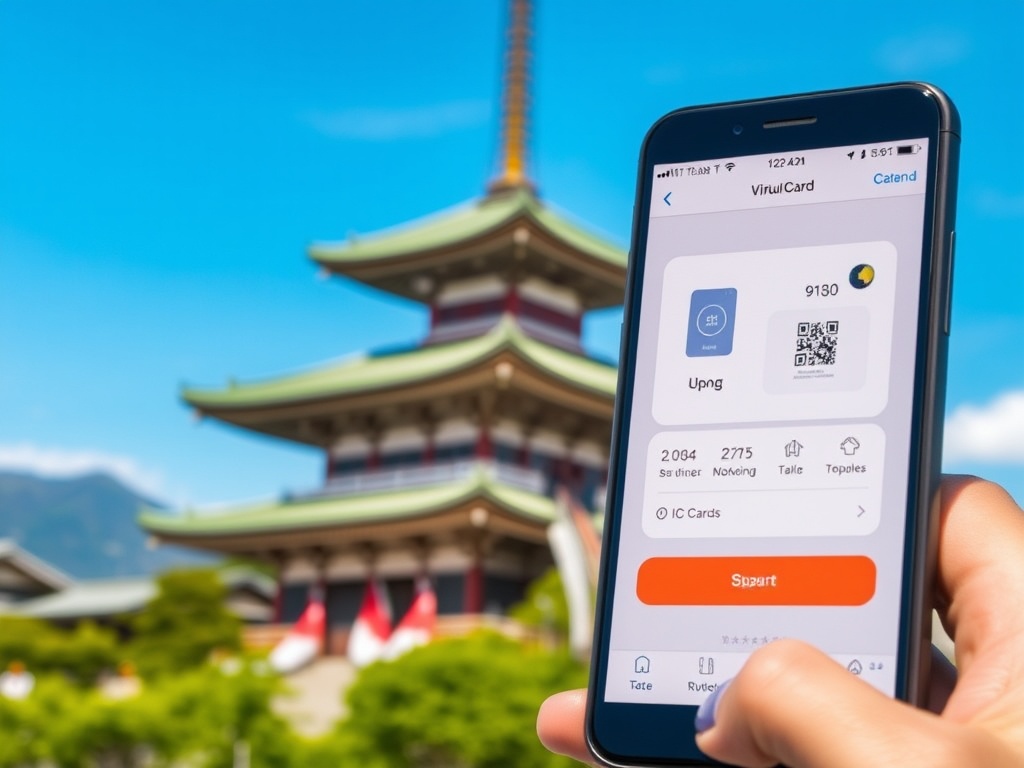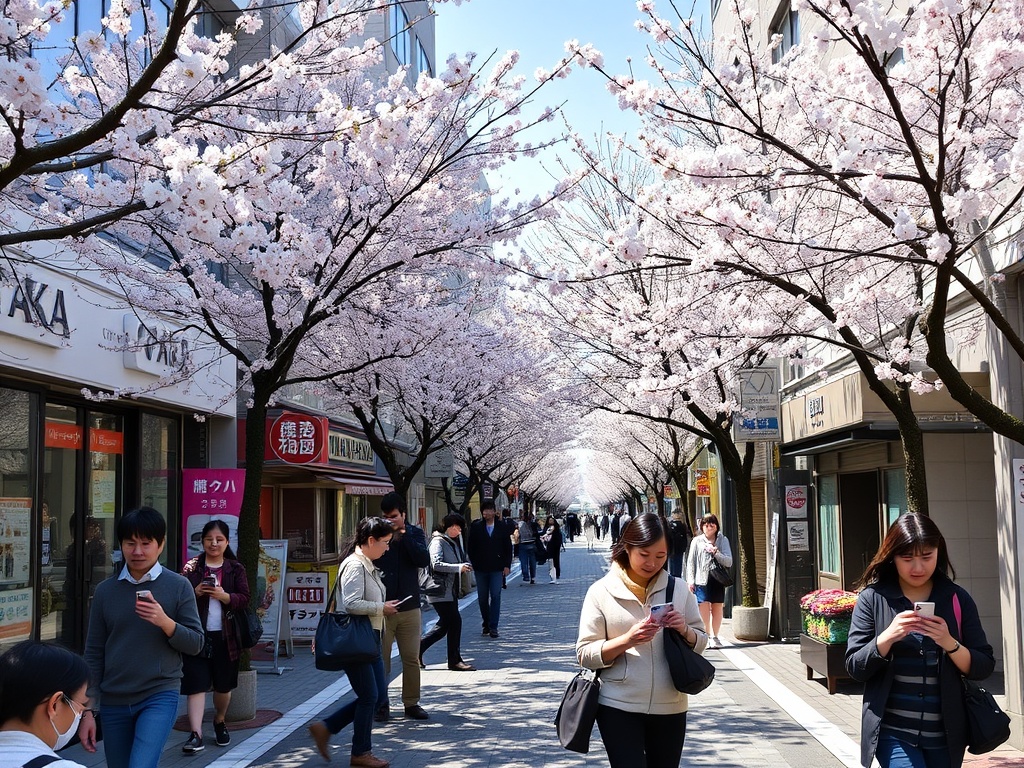Understanding IC Cards in Japan: A Comprehensive Guide
Win a Free Trip to Japan!
Experience cherry blossoms and ancient temples
In Japan, all local trains operate using IC (Integrated Circuit) cards, which simplify the process of traveling across the country. While there are various brands of IC cards, such as Suica, Pasmo, and others, they are universally compatible, meaning any card will work throughout Japan. When visiting Tokyo, you will typically choose between a Suica or Pasmo card.
IC Cards: Essential for Everyday Transactions
In today’s Japan, it’s rare to encounter someone without an IC card. These cards have transcended their original purpose and are now accepted as a payment method in numerous stores, including convenience shops, vending machines, and even retail outlets like Uniqlo.
Should your IC card balance run low, replenishing it is a breeze. You can easily add funds using cash or a credit card at any train station, making life significantly more convenient for residents and tourists alike.
However, it’s worth noting that the recent global semiconductor shortage has impacted the production of IC cards, leading to a temporary halt in the issuance of physical cards by several train companies, including JR East (the provider of Suica) and Pasmo. This suspension applies to all physical IC cards until further notice.
What is the Difference Between Suica and Pasmo?
Aside from branding distinctions, there is no difference between Suica and Pasmo or any other IC cards. All these cards function identically, leveraging chip technology to allow seamless entry and exit at train stations across Japan without the need to purchase separate tickets for each journey.
Can I Still Use IC Cards from Previous Visits to Japan?
If you have retained your IC card from prior trips to Japan, you’re in luck! Yes, existing IC cards are still valid as long as they haven’t expired. IC cards remain valid for a decade from the last recorded usage.
How to Navigate Japan Without a Physical IC Card
If you’re planning a trip to Japan and lack an existing IC card, here are several alternatives to consider:
1. Utilize Your iPhone as a Virtual IC Card
The good news for iPhone users is that IC cards have transitioned to a virtual format, allowing you to use your phone as an IC card via Apple Pay! No prior IC card is required—just the Wallet app on your iPhone will suffice. This enhancement adds even more convenience, enabling you to refill your balance directly from your phone without visiting the station.
For detailed instructions on using IC cards on iPhones, refer to Apple’s help article. Below, I will elaborate on how to effectively use a virtual IC card on an iPhone.
2. Obtain Foreign Tourist “Welcome” IC Cards at Tokyo Airports
There may still be “Welcome” IC cards available for tourists, offered by both Suica and Pasmo for 1,500 yen. These can be acquired at Narita or Haneda airport. Some stations in Tokyo may also have these cards available, but stock may be limited.
If you’re arriving at Haneda, you can purchase the welcome card through Klook. More information about each card can be found here:
- Welcome Suica by JR EAST
- PASMO Passport by PASMO (Discontinued as of August 2024)
Be aware that, unlike regular IC cards with long validity periods, tourist-specific IC cards will expire within 28 days, and there may be limitations on the number of cards you can purchase per person.
3. Acquire a Toica Card at Tokyo Station (While Supplies Last)
Another lesser-known option available in Tokyo is the Toica card, which might still have some inventory. The functionality of Toica is virtually identical to that of Suica and Pasmo.
Here’s where you can find Toica cards in Tokyo:
- Tokyo Station – Visit Counter 2 of the JR Tokai ticket office on the ground floor, near the Yaesu North exit.
- Shinagawa Station – Head to the JR Tokai ticket office near the Shinkansen North Exit.
For more details on purchasing Toica, click here for further information. The page is in Japanese, but you can easily translate it using Google Translate. Given the limited supply, check this page prior to your visit to the station.
4. Purchase IC Cards from Other Regions Outside of Tokyo
The positive aspect of the current IC card shortage is that it primarily affects Suica and Pasmo cards. If you venture outside of Tokyo, you can still obtain IC cards from other regions! All IC cards are interoperable across Japan, regardless of their origin.
For instance, if you’re traveling to Osaka or Kyoto, you can acquire the ICOCA Card and use it in other locations in Japan. Similarly, if you’re heading to Hokkaido, you can obtain the Kitaca IC Card, which is also usable throughout the country. The only caveat is that you may not be able to reclaim the deposit if you use an IC card from one region while departing from another, but you can always save the card for future trips.
5. Consider the 72-Hour Tokyo Subway Ticket
Another option is the Tokyo Subway Ticket pass, available for 24, 48, or 72 hours. This pass is valid for Tokyo Metro and Toei lines only, and does not cover JR lines. Additionally, the subway ticket can be purchased as an add-on to the Tokyo Pass, making it a more economical choice than paying for individual train fares.
6. Utilize Your Unlimited JR Pass (Only If You Already Have It!)
If your travel plans include visiting multiple cities in Japan, you may already be considering acquiring an Unlimited JR Pass. If so, you can use this pass to board local JR trains as well. However, it’s essential to note that you should only pursue the Unlimited JR Pass if you’re already inclined to do so. It is not advisable to obtain a JR Pass solely for local train travel in Japan, as the cost typically outweighs the benefits.
Tips & Tricks for Using Virtual IC Cards with iPhone
If you’re an iPhone user, here are some helpful tips for utilizing your virtual IC card in the Wallet app:
1. Reload Your Virtual IC Card from Your iPhone
One of the significant advantages of using a virtual IC card is the ability to easily refill it from your iPhone. You no longer need to visit a train station for this task!
However, please note: There are known issues with refilling balance using foreign credit cards not issued in Japan. During my last visit to Japan, I successfully reloaded my card using a MasterCard, but I encountered difficulties with my Visa card. Reports suggest that Amex cards should also work. Additionally, updating your phone to iOS 17.2 may address some issues related to Suica (though not for PASMO or other cards).
2. Reload Your Virtual Card at the Train Station with Cash
If you experience payment complications and your credit cards are not functional, you can still refill your virtual card with cash at any train station. To do this, utilize any ticket machine, just as you would for a physical card. I found this process somewhat challenging with my phone, as your iPhone needs to be in contact with the machine and actively displaying the Wallet app during the refill. However, with practice, it is achievable.
3. Retrieving Balance Refunds on the Virtual IC Card
It’s important to remember that IC cards purchased via Apple Pay on an iPhone cannot be refunded unless you possess a bank account in Japan. Therefore, refill your card only with the amount you estimate you will require for your trip.
If you have any remaining balance at the end of your visit, you can use it at konbini (convenience stores) or any other establishments that accept IC cards for payments.
4. Activate the Express Travel Feature for Added Convenience!
By enabling the express travel feature on your IC card within your phone, you can simply tap your phone against the ticket gate! There is no need to wake your iPhone, access the Wallet app, or perform any additional actions—just tap your iPhone. This feature saves time and enhances your travel experience.
To activate this feature, follow these steps:
- Open the Wallet app on your iPhone.
- Select the IC card you wish to use as your default travel card and tap on Card Details.
- Scroll down to locate the “Express Travel Settings” button. You can enable Express Travel from this section to enjoy quicker commutes on your next journey!
For further information, refer to Apple’s official documentation on Express Travel Mode.
What If I Don’t Have an iPhone or IC Card?
Unfortunately, for Android users, the capability to use virtual IC cards is limited to devices purchased in Japan. You could try utilizing the Pasmo mobile app, but it is only accessible in the Japanese app store. Alternatively, consider purchasing tourist IC cards with shorter validity periods upon arrival at the airports in Tokyo.
It’s also noteworthy that the IC card shortage primarily affects Suica and Pasmo cards. Many other IC card options are still available, such as the Toica card mentioned earlier. If you travel outside of Tokyo, you can also obtain IC cards from various regions, like ICOCA (in Osaka) or Kitaca (in Hokkaido), depending on your itinerary. These cards are valid for use throughout Japan.
If none of these alternatives are viable, you may need to revert to purchasing individual train tickets at ticket machines for each trip. While this approach is functional, it is certainly less convenient compared to using an IC card, as fares are determined by distance. You will need to know your exact entry and exit stations, refer to fare tables available at all stations, and then purchase the appropriate ticket from the machine.
Contactless Credit Card Payments: A Future Convenience
Excitingly, you may soon find that IC cards are no longer necessary for train ticket purchases in Japan. According to reports from Nikkei, Tokyo train stations will soon be equipped with machines compatible with contactless credit cards! This advancement will allow you to simply wave your credit card (if it supports contactless payment) or your smartphone/smartwatch with stored credit card details to enter and exit every station. Just ensure that foreign transactions are enabled on the cards you intend to use!
Stay tuned, as this feature is being rolled out on select lines in Tokyo and is expected to be fully implemented by Spring 2024.
Traveling with Children: IC Card Requirements
Children aged five years and below can travel on public trains for free, which means they do not need an IC card. However, children aged six to twelve are required to pay a child fare, which is typically 50% of the adult fare. Once they surpass the age of twelve, they will be classified as adults and must pay the adult fare.
Previously, children’s IC cards were available for purchase at any train station, though the current shortage may affect availability. If you can find them, be prepared to provide proof of age, such as their passports.
That’s all the information I have for now! I hope you find this guide useful as you plan your travels in Japan. Until next time!




